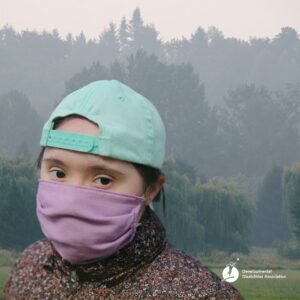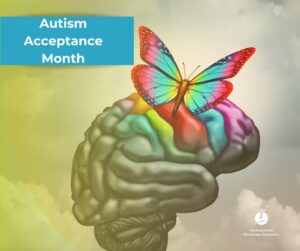Winter brings its own set of challenges, and for people with mobility issues, the season can present unique safety concerns. As the temperatures drop and the threat of snow hangs over the Lower Mainland, it’s important to take proactive steps to ensure a safe and enjoyable winter experience.
Accessibility Around the Home:
Keep walkways and driveways clear of snow and ice to facilitate easy movement. Use salt or ice melt to prevent slippery surfaces. For most parts of the Lower Mainland, keeping sidewalks clear is a bylaw and you could face fines if this is not done. Uneven sidewalks that look even when covered with snow can be quite treacherous. Also, ensure that ramps and handrails are sturdy and well-maintained. Consider adding non-slip materials to ramps to enhance traction.
Ok, it does not normally get below -10 in Vancouver, but we all know that the humidity here can make it feel a lot colder than it is. It’s important to dress in layers to stay warm and choose moisture-wicking fabrics to keep dry. Don’t forget hats, gloves, and scarves to protect your extremities from the cold. Like snow tires, good winter boots with good traction reduce the risk of slips and falls.
Assistive Devices:
Inspect wheelchairs, walkers, and canes for any necessary repairs. Lubricate moving parts and ensure tires are adequately inflated. Add winter accessories to mobility aids, such as snow tires or ice grips, to enhance stability.
Transportation Safety:
Staff at DDA are always driving residents and clients around so we know what it means to keep people safe. Ensure that vehicles are properly winterized with antifreeze, snow tires, and working heaters. Keep an emergency kit in the car. When it comes to taking the bus or SkyTrain, plan routes that minimize time spent outdoors, and verify that public transportation options are accessible.
Emergency Preparedness:
The climate on the coast is normally pretty temperate, which means we don’t get too many extremes. However, the past few years have shown us what Mother Nature is capable of these days. Heat domes and big snow dumps while rare, do happen. So it’s important to develop a winter emergency communication plan, including contacts for neighbors, friends, or family who can assist during inclement weather. Prepare a winter-specific emergency kit with medications, medical supplies, and a flashlight. In a region that experiences earthquakes, a kit like this just makes sense. Emergency preparedness also means establishing relationships with neighbors who may be able to assist with snow removal or other winter-related tasks.
Weather Monitoring:
Keep track of weather forecasts to anticipate upcoming storms or severe conditions. Plan outings accordingly to avoid getting caught in inclement weather.



